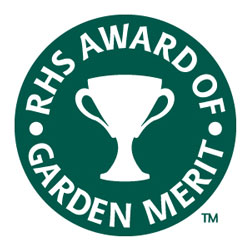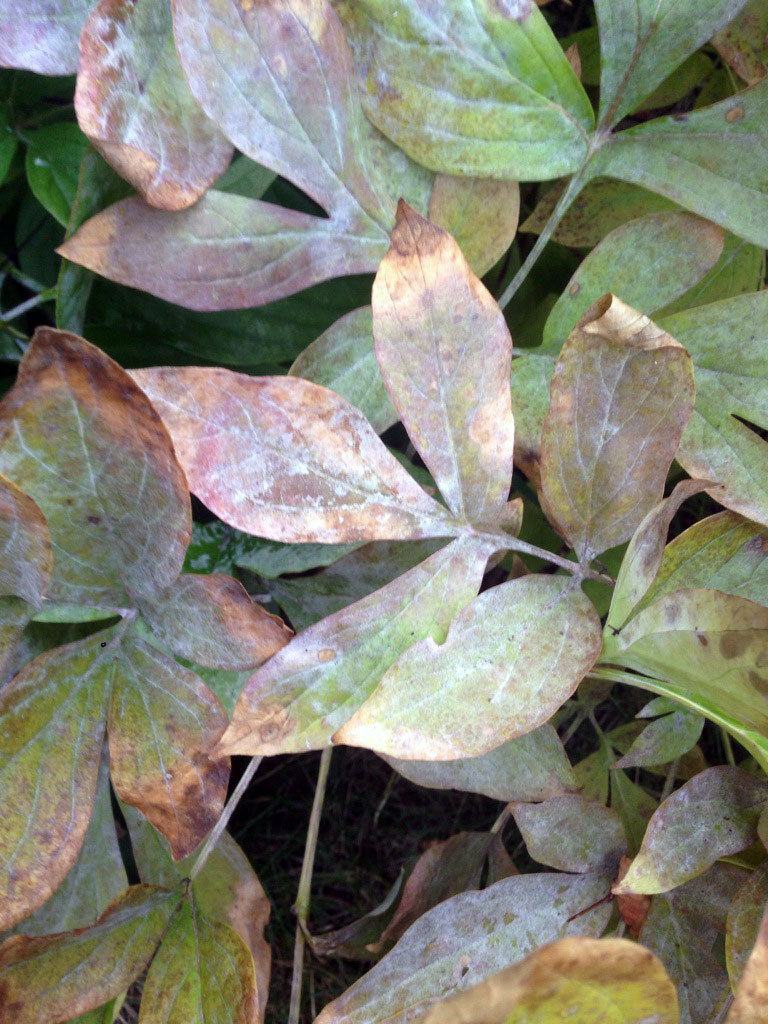The past is full of surprises, and so is Nature.
Did you know, for example, that Mozart had a pet starling that he loved so much that he held an elaborate funeral for it when it died? Seattle author Lyanda Lynn Haupt turns this historical tidbit into a fascinating book that’s part biography, part nature study, and part detective novel, as well as a heart-warming memoir of Haupt’s life with her own pet starling, Carmen.
Although starlings today are one of the most reviled birds in North America, outcompeting native birds and destroying some $800 million worth of crops, in Mozart’s time they were often sold as pets. One day as he was walking down the street, Mozart was surprised to hear a starling whistling a phrase from his brand-new piano concerto. Delighted, he brought the bird home where it soon became, in the words of one reviewer, “his companion, distraction, consolation, and muse.”
Starlings, it turns out, are bright, inquisitive, playful, highly sociable, and extraordinary mimics – much like Mozart himself. They are closely related to mynas, and their songs, which have always sounded like random squawking to me, are actually bits of mimicked sounds they weave together into complex, individual compositions.
Haupt’s pet Carmen mimicked everything from the beeping of the family microwave to phrases such as “Hello, honey.” She also turned “my household and my brain completely upside down,” Haupt writes, leading her on a pilgrimage far beyond anything she had envisioned. Their surprisingly intimate relationship gives the book its emotional heart and reminded me of books I once loved such as Rascal and The Yearling.
Mozart’s Starling is both entertaining and inspiring, and you’ll learn a lot from it about birds, Mozart, creativity, animal intelligence, and what we all have in common with wild creatures – including those you may have once scorned as nothing more than pests.




















